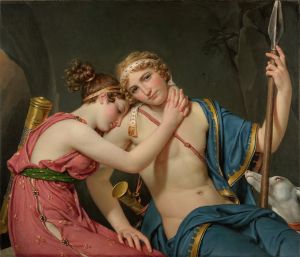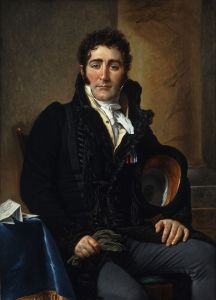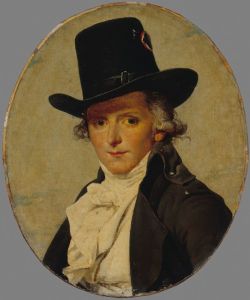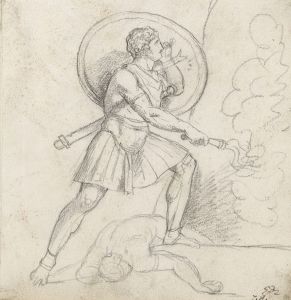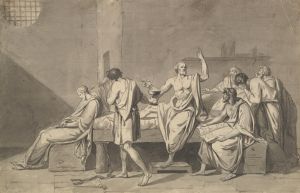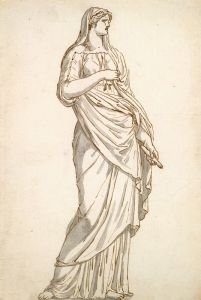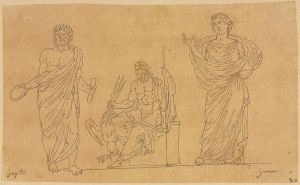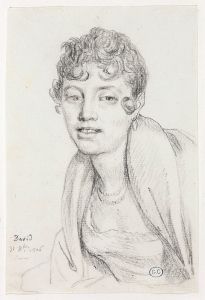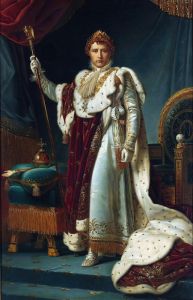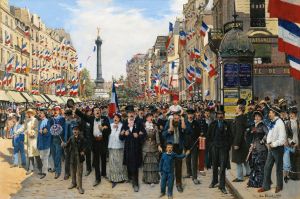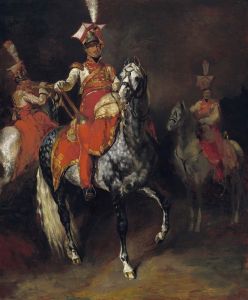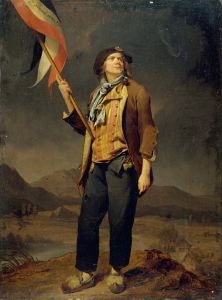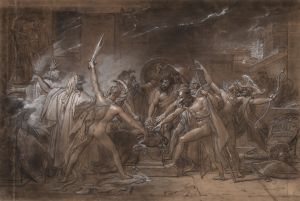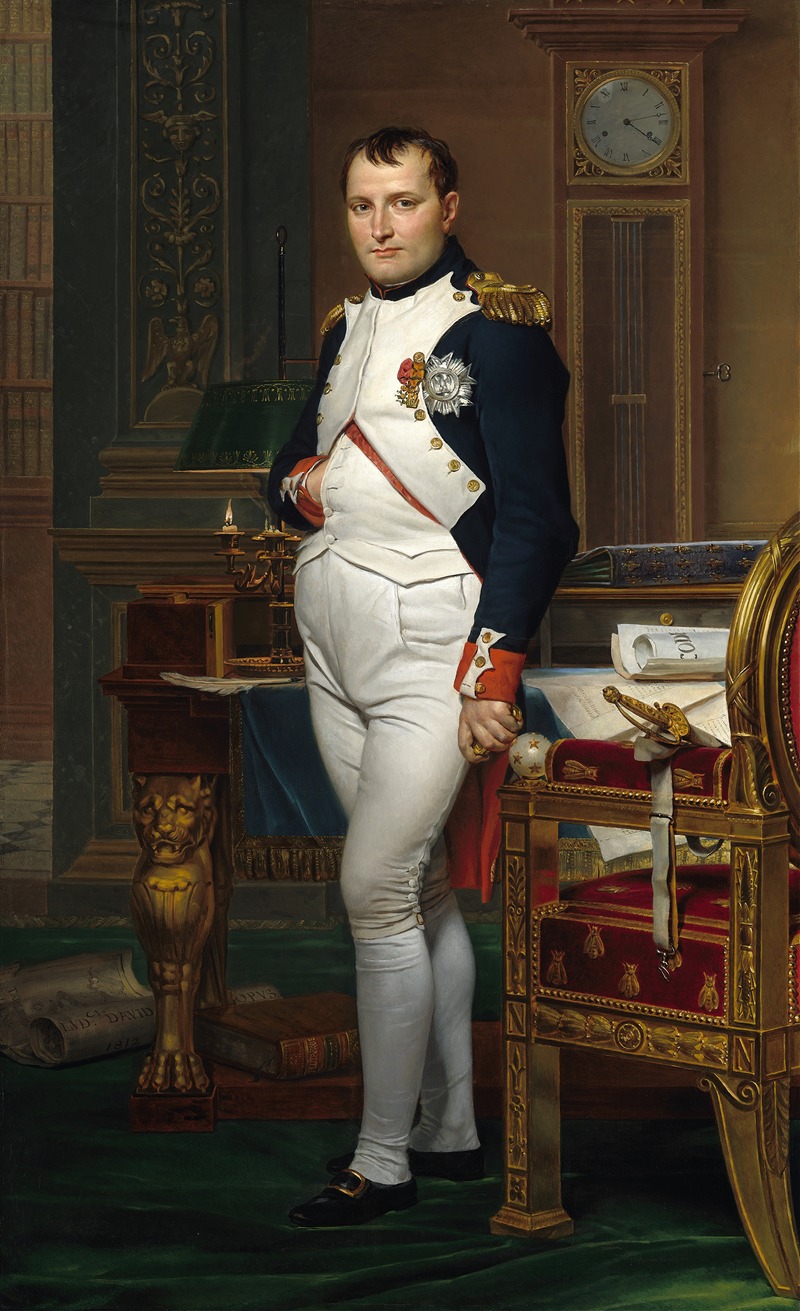
The Emperor Napoleon in His Study at the Tuileries
A hand-painted replica of Jacques Louis David’s masterpiece The Emperor Napoleon in His Study at the Tuileries, meticulously crafted by professional artists to capture the true essence of the original. Each piece is created with museum-quality canvas and rare mineral pigments, carefully painted by experienced artists with delicate brushstrokes and rich, layered colors to perfectly recreate the texture of the original artwork. Unlike machine-printed reproductions, this hand-painted version brings the painting to life, infused with the artist’s emotions and skill in every stroke. Whether for personal collection or home decoration, it instantly elevates the artistic atmosphere of any space.
"The Emperor Napoleon in His Study at the Tuileries" is an iconic oil painting completed in 1812 by the renowned French artist Jacques-Louis David. This work is a prime example of David's neoclassical style and is celebrated for its detailed portrayal of Napoleon Bonaparte, the French military leader and emperor. The painting is housed in the National Gallery of Art in Washington, D.C.
Jacques-Louis David was a prominent figure in the neoclassical movement, which sought to draw inspiration from the art and culture of ancient Greece and Rome. His works often emphasized clarity, order, and symmetry, reflecting the ideals of the Enlightenment. David was also a fervent supporter of Napoleon, and his paintings played a significant role in shaping the public image of the emperor.
In "The Emperor Napoleon in His Study at the Tuileries," David depicts Napoleon in a private and contemplative moment, rather than in a grandiose or heroic pose. The painting shows Napoleon standing in his study at the Tuileries Palace, dressed in his military uniform. The setting is intimate, with the emperor surrounded by the tools of his trade: papers, books, and a quill pen. The clock in the background indicates that it is 4:13 AM, suggesting that Napoleon has been working through the night, a testament to his dedication and tireless work ethic.
David's attention to detail is evident in the meticulous rendering of textures and objects within the room. The rich colors and the play of light and shadow contribute to the painting's realism and depth. The emperor's expression is one of concentration and resolve, capturing his determination and the weight of his responsibilities.
The painting also includes symbolic elements that reinforce Napoleon's authority and achievements. The imperial regalia, such as the sword and the Legion of Honor medal, are subtly incorporated into the composition. The presence of these items serves to remind the viewer of Napoleon's military prowess and his role as the leader of France.
"The Emperor Napoleon in His Study at the Tuileries" was commissioned by Alexander, 1st Marquess of Douglas and Clydesdale, who later became the 10th Duke of Hamilton. The painting was part of a series of portraits that David created to glorify Napoleon and solidify his image as a ruler who was both a man of action and intellect.
This work is significant not only for its artistic merit but also for its historical context. It was completed during a period when Napoleon's power was at its zenith, just before the disastrous Russian campaign that marked the beginning of his decline. As such, the painting captures a moment of both personal and political significance.
In summary, "The Emperor Napoleon in His Study at the Tuileries" is a masterful work by Jacques-Louis David that offers insight into the character and reign of Napoleon Bonaparte. Through its detailed composition and symbolic elements, the painting conveys the complexity of Napoleon's role as a leader and the enduring legacy of his rule.





